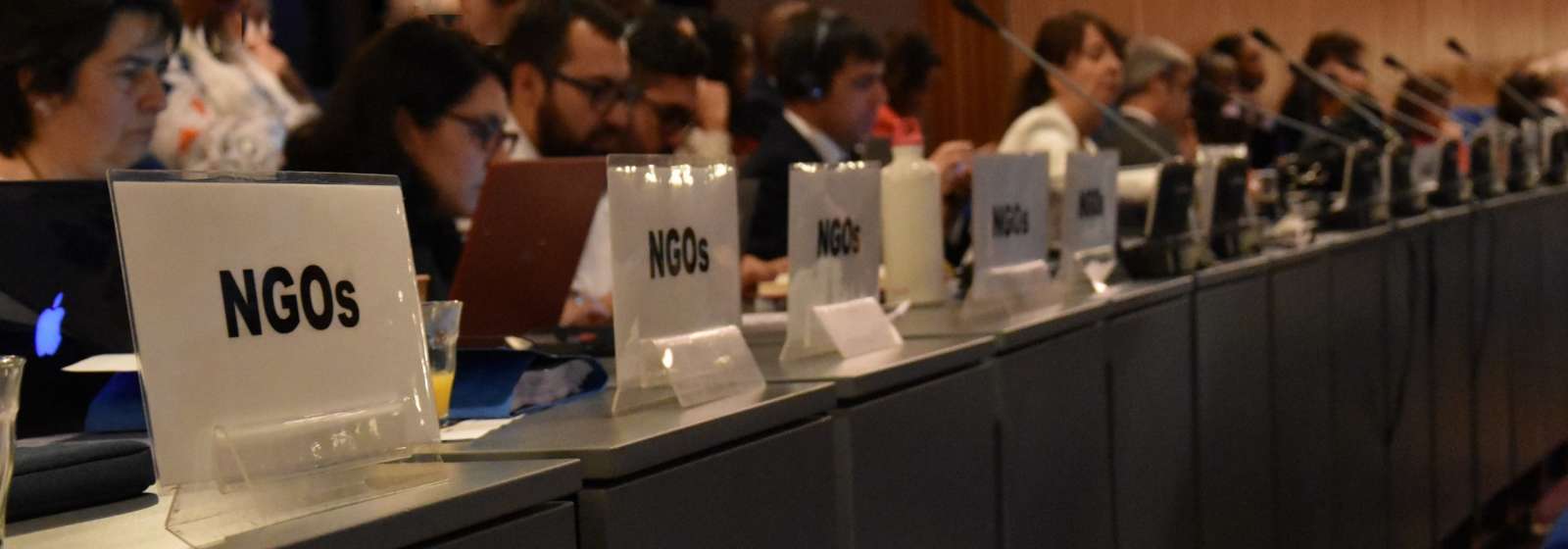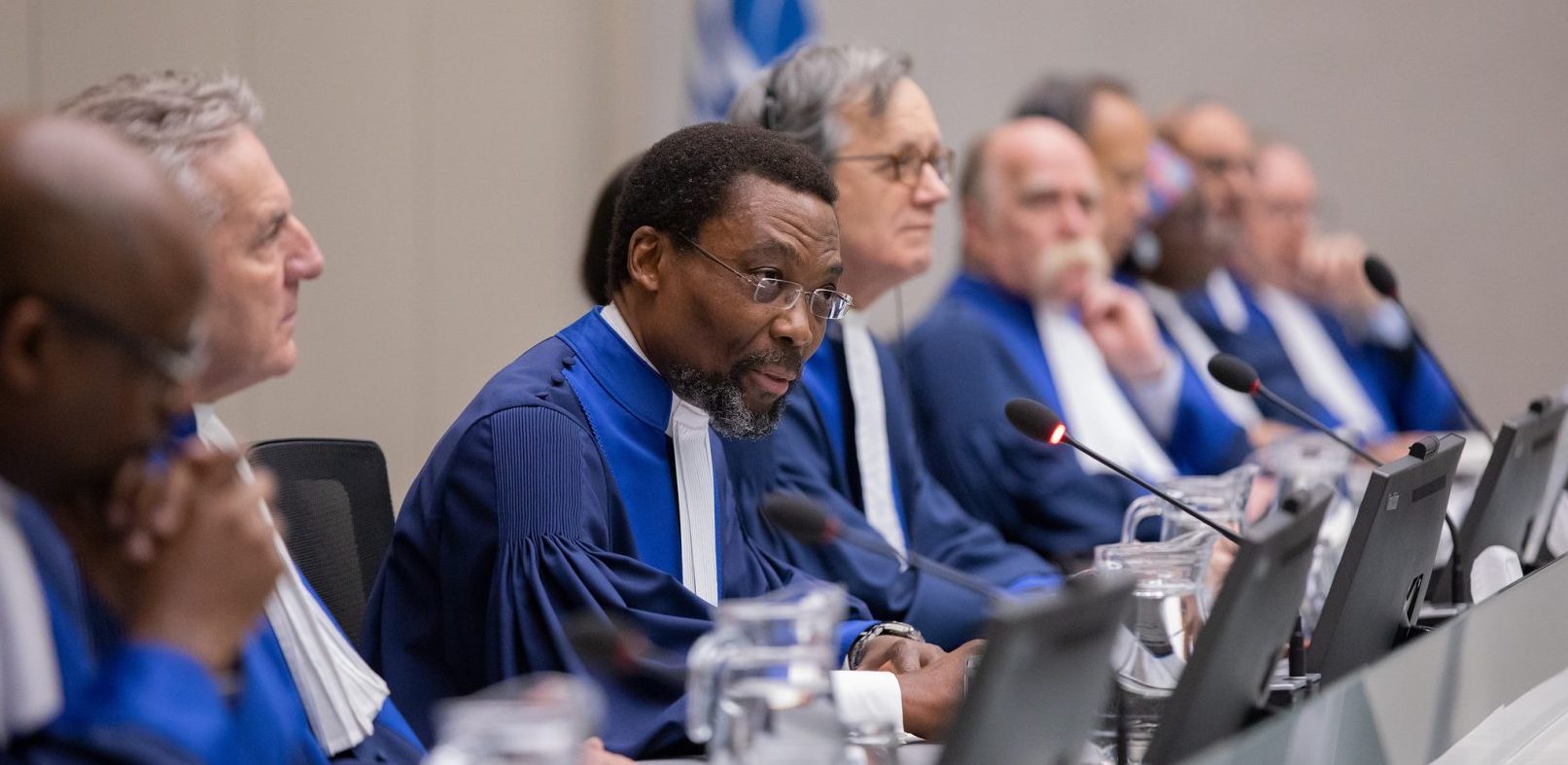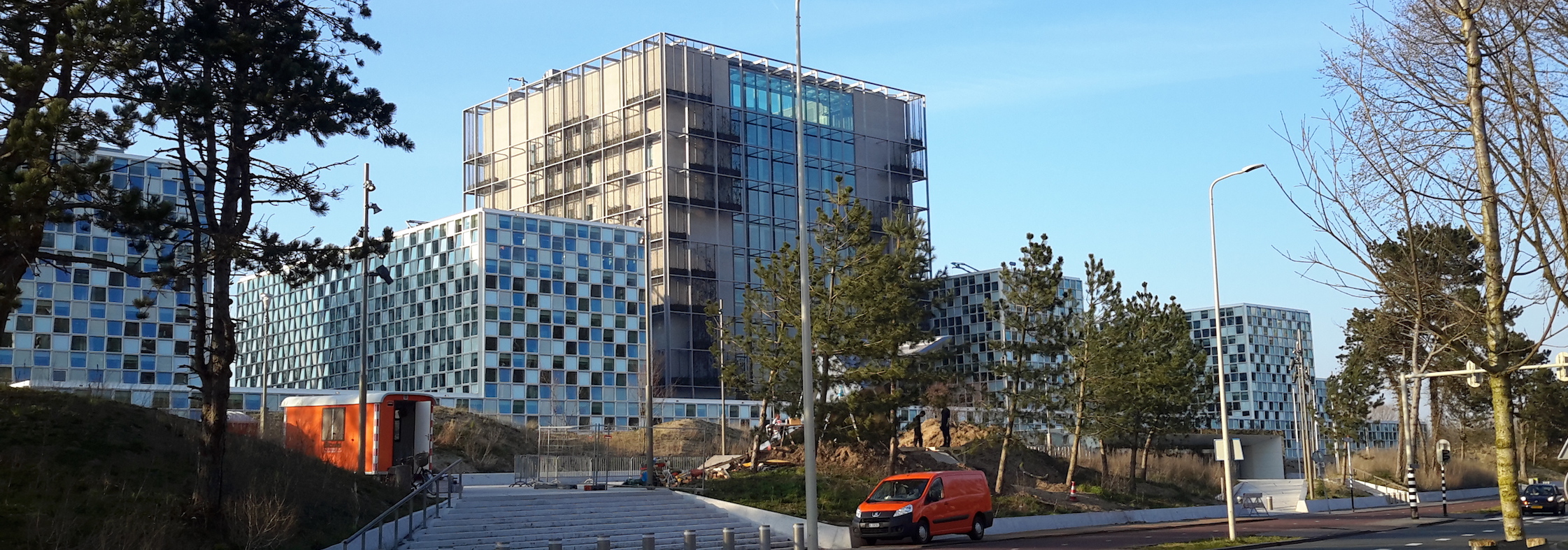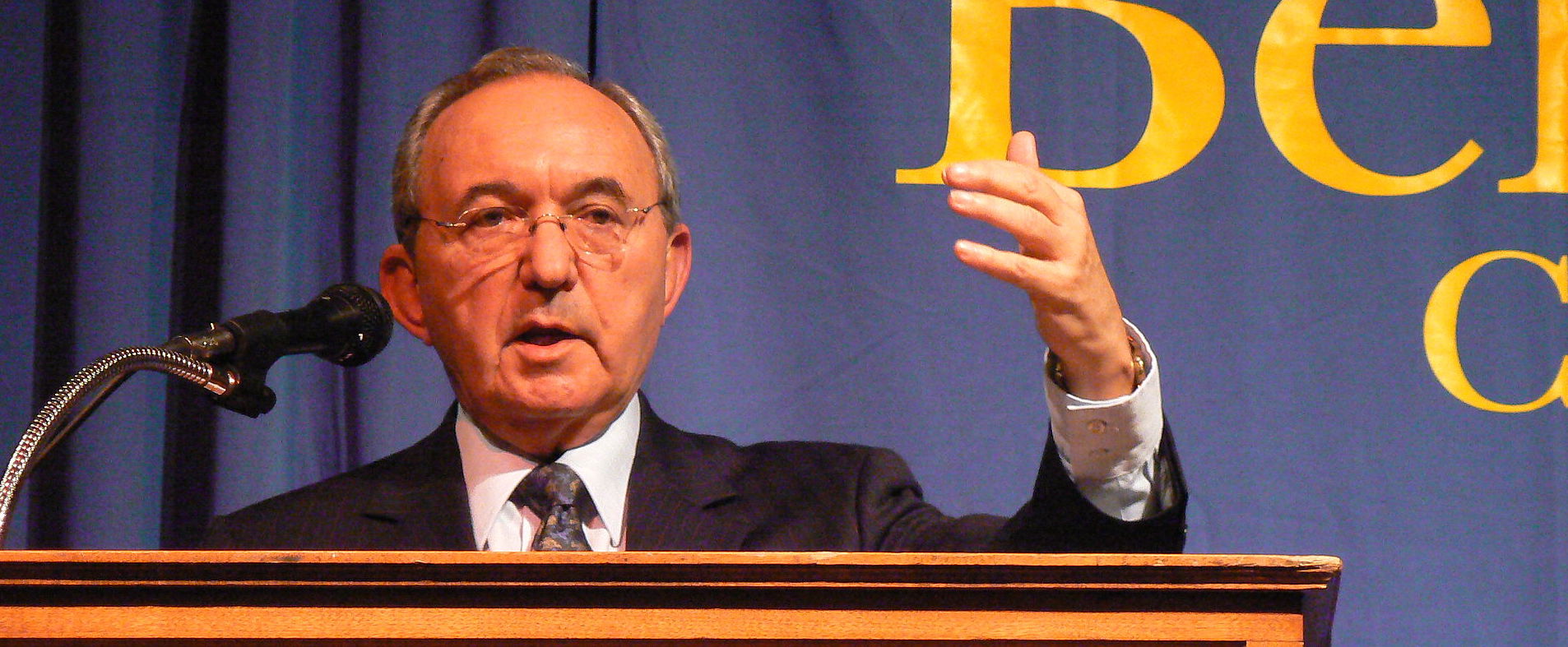Libya Post-Gaddafi — The Real Question
On 1 September in 1969 young Muammar Gaddafi seized power in Libya from King Idris I and remained there for nearly 42 years. Remembered as a dictator and a despot, Gaddafi’s era was marred with numerous accounts of grave human rights violations. Fast-forward to Libya today where news headlines include reports of heavy casualties as ISIS battles for the Libyan city of Sirte. The comparison of Libya under Gaddafi and post Gaddafi raises the question: was the 2011 revolution a step forward or was Libya better off under Gaddafi? But is that the right to question to be asking?
Gaddafi came from humble beginnings as the son of Bedouin goat herder. After obtaining a good education and military training, Gaddafi rose to the rank of captain and seized power in 1969. Gaddafi’s political ideology was rooted in orthodox Islamic beliefs, a blend of revolutionary socialism, and a strong sense of Arab nationalism. His strong anti-west agenda and the financial and tactical support he provided to various terrorist groups made him unpopular with many western leaders. This precipitated the economic and political isolation of Libya.
Though Libya was economically stable and seemingly calm, Gaddafi ruled with an iron fist, crushing any opposition and preventing dissent. The 1970s in Libya where characterised by summary executions, arbitrary detention and the disappearance of anyone who posed a threat to Gaddafi’s draconian leadership. The repression continued throughout the 1980s and 1990s. One of the lowest points included the state sanctioned 1996 massacre of 1200 prisoners in Abu Salim prison in Benghazi.
According to the UN, Gaddafi used “arbitrary detention, torture and assassinations on a widespread scale as a matter of official policy.”
Gaddafi’s system of governance involved pitting different tribes against each other and rewarding loyalty with access to opportunities. Gaddafi nurtured and controlled tribal and ethnic tension to maintain power. Racial discrimination was also common as the documented by the United Nations. Black people(including Libyans and sub-Saharan immigrants) were discriminated against. Other victims of discrimination included the Amazighs, who were not only prevented from expressing their linguistic identity but were also culturally repressed.
The discontent felt by the Libyan people eventually culminated into the 2011 civilian protests. Civilians agitating for change were brutally and systematically attacked by Gaddafi forces. This led to international intervention. NATO provided aerial support to the anti-Gaddafi forces, assisting them to secure victory and the United Nations Security Council referred the situation to the International Criminal Court.
Life under Gaddafi was by no means easy, however, Libya today is in ruins.
On 29 August 2016, 34 Libyan government soldiers were killed and 150 wounded in battle against ISIS in the Sirte, Gaddafi’s birth place. Gaddafi’s demise has left a vacuum that has attracted extremist groups like ISIS.
Sirte was seized by ISIS in February 2015 and the Libyans loyal to Libya’s Government of National Accord, have been trying to get it back ever since. In addition to having to contend with the rise of ISIS in Libya and no centralised government, conservative estimates indicate that there are at least 100 different tribal and militia fiefdoms in the country.
Economically and politically Libya continues to be unstable. The proliferation of arms and the smuggling of people continues exacerbate problems. Oil production has drastically plummeted and state institutions like the judiciary and law enforcement agencies are yet to recover.
This comparison of Libya under Gaddafi and Libya now, is interesting but popular commentary on the issue produces the question was: Libya better off under Gaddafi. This is the wrong question. Whilst one can indeed question aspects of the revolution including NATO’s involvement, questioning whether keeping a serial human rights violator in power is curious. Instead Libyans, NATO and the UN should be asking: what should have been done to prevent Libya’ s descent into chaos post Gaddafi?
President Obama has reportedly admitted that one of the worst mistakes of his presidency was failing to prepare for the aftermath of the Libyan revolution.
Despite the current state of affairs it is undeniable that Libya under Gaddafi’ was by no means blissful for all. The rate and extent of human rights abuses was extreme and the fact that the people themselves began the revolution speaks volumes about the desire for change. It is evident that a majority of Libyans were no longer prepared to continue living under such repressive conditions and many were prepared to die for the cause and pave the way for a new Libya.
The scale of the protests and the number of people who took arms to fight for their freedom renders questions about whether Libya is better or worse off redundant. The vast majority of Libyans no longer saw Gaddafi’s regime as an option. This is the salient point that is so frequently omitted when people compare Libya before and after Gaddafi.
*This piece originally appeared in The Star Newspaper on 1 September 2016, with the title “ What we should ask about Libya”



